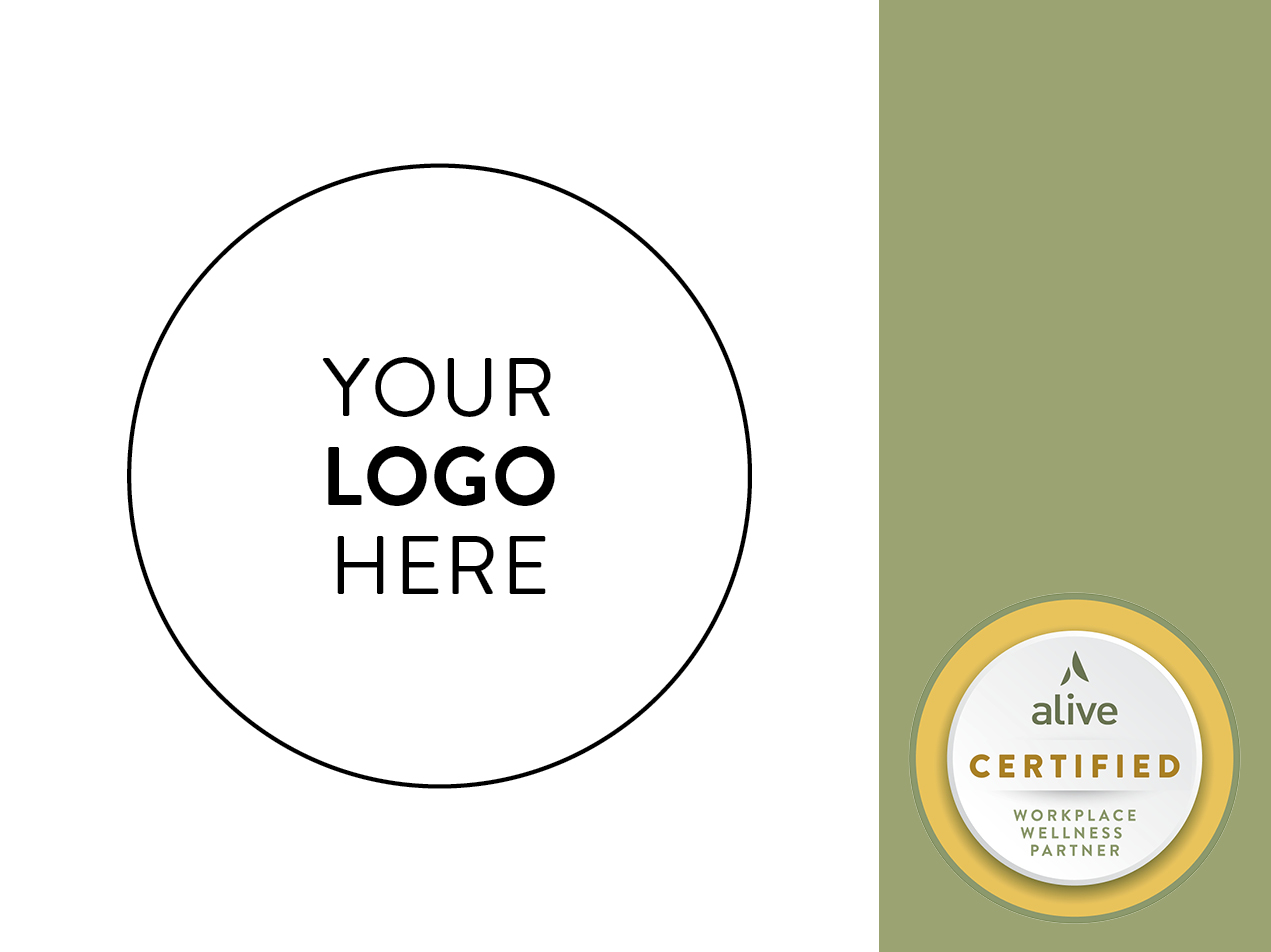
Beginning December 15, 2023, federally regulated employers in Canada began supplying menstrual hygiene products to employees who need them at their workplace. It’s a step forward in acknowledging women’s presence in the workplace and addressing menstruation stigma.
There is much more work to be done.
While we have made progress toward gender equality, much remains ahead. “So far, we have laid the foundation,” says Tiffany Connauton, an inclusion specialist. “There was a lot of prescriptive employment, which meant hiring a certain number of women into the workforce to acquire visible diversity.”
This approach often negatively impacted women’s mental health due to perceptions of mistrust and exclusion. “Now we have a lot of repair work to do, plus in some cases, we are further behind in numbers than we were in the ’90s.”
Balance—still an elusive concept
Women often walk a tightrope as they juggle family and work commitments. “The big conundrum is not about how to survive at work, but [how to] thrive,” Connauton explains.
Achieving work-life balance can suffer during critical life stages such as maternity, caregiving, and aging parents. Women often struggle to find time for self-care, such as sleep, balanced meals, and socializing. Despite changing statistics, women still perform more household work than their partners.
How does menopause factor in?
Women between the ages of 45 and 55 are the fastest-growing segment in the workforce. However, menopause remains a taboo in many workplaces, with one in two women worried it could affect their appearance at work.
“Menopause comes at the time when women should be celebrating their professional achievements, and yet they face judgment and setbacks,” says Connauton. Almost 67 percent of women over age 40 hesitate to discuss the topic with their employer.
What does it take to create inclusive workplaces?
Creating inclusive workplaces requires flexibility, such as remote options and adaptable hours, which can enhance productivity and ease family responsibilities. “We need to treat people as individuals rather than categorizing them by gender or background,” Connauton states.
Recognizing and addressing microaggressions—such as labeling women as “too sensitive” or using inappropriate terms—can improve women’s psychological well-being and reduce burnout.
Conversations about women’s health belong in the workplace
Workplaces should prioritize employee health and well-being, including education programs that reduce stigma around menstruation, menopause, and family planning, as well as mental health support. Inclusive workplaces facilitate open discussions about health, sexism, and discrimination.
Where do we go from here?
While we’ve made great strides in women’s equality, much work remains both for women currently in the workforce and the next generation. The conversation must continue for inclusive workplaces to become the norm.
By Daniela Ginta, MSc


